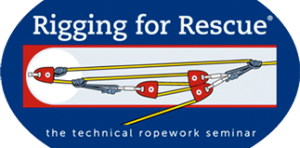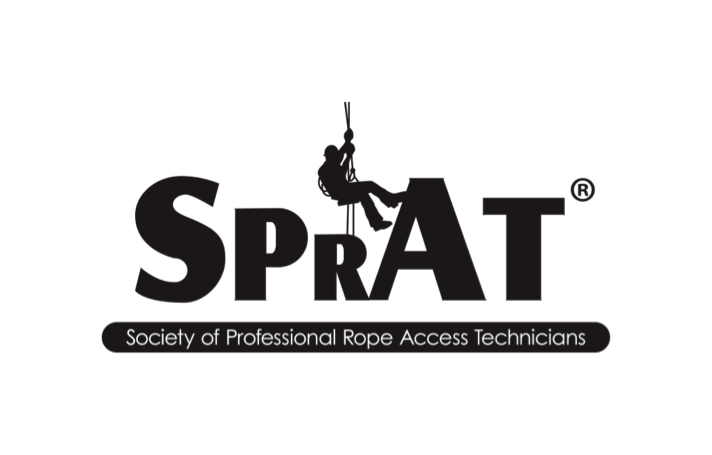The Great State of Maine

[one_full last=”yes” spacing=”yes” center_content=”yes” hide_on_mobile=”no” background_color=”” background_image=”” background_repeat=”no-repeat” background_position=”left top” hover_type=”none” link=”” border_position=”all” border_size=”0px” border_color=”” border_style=”solid” padding=”” margin_top=”” margin_bottom=”” animation_type=”0″ animation_direction=”down” animation_speed=”0.1″ animation_offset=”” class=”” id=””][youtube id=”2kUZrF7iObs” width=”800″ height=”550″ autoplay=”no” api_params=”” class=””][/youtube][fusion_text]We recently returned from our biennial visit to the spectacular coast of Maine on Mount Desert Island in Acadia National Park. The training event brings together the handful of SAR teams that perform high angle rope rescues in the state. Given the small size of the state, it is not uncommon for the various Maine SAR teams to respond to mutual aid requests on more technical calls. The opportunity to train together every other autumn provides for great discussions on risk management decision-making, systems & devices, as well as agreed upon terminology for command and control. At the time of our previous visit, we identified a unique geological feature on one of the sea cliffs in Acadia. That discovery was filed away and we made plans to utilize it at the next training. We dubbed the feature the Crack of Doom. The approach to the fissure was unremarkable and you would not have suspected there was a narrow 25m slot going right down to the Atlantic. There was even an existing social trail frequented by visitors that passed only 4-5m uphill from where the crack originated, yet offered no indication of its existence. Apparently there was a fatality in recent history whereby a visitor slipped and fell into the slot while approaching too close. It seemed to be a worthwhile ropework objective. We spanned the slot with an artificial high directional device and lowered a participant into place on a 2-rope system to act as the stranded Subject. The ropework puzzle was solved using some confined space techniques such as lowering the rescuer on parallel pulley systems for the eventual pickoff. We secured the Subject on a small jigger system to allow the Attendant the ability to easily adjust their relative position during the raise. Additionally, the vertical stagger of the Attendant and Subject allowed the rescuer to clear the confined space entry hole at the top first and then stop the two-rope raising system; from there, the rescuer raised the Subject through the hole using the jigger system and did not have to rely on commands to move the Subject through what was a very narrow slot. It was a great exercise requiring very precise rope alignment as well as team coordination. It is always a privilege to travel to the great state of Maine for rope rescue trainings and we look forward to the next visit in 2021. [/fusion_text][/one_full][separator style_type=”none” top_margin=”” bottom_margin=”” sep_color=”” border_size=”” icon=”” icon_circle=”” icon_circle_color=”” width=”” alignment=”” class=”” id=””]
Self Rescue and Small Team Response
Last week was our Self Rescue and Small Team Response Workshop held at our home base of Ouray, Colorado. The participants were keen, the weather was flawless, and we had an outstanding week of training. Exercises included basic belay escapes and transfers of tension, rescuing the second as well as the leader using counter-balance techniques, a very challenging leader rescue in traversing terrain, a multi-pitch leader rescue and evacuation including use of a tensioned guiding line to cross a water hazard, and some team-based pickoffs. Our next offering of this workshop will be May, 2013.
New Course Offering: Self Rescue and Small Team Response Workshop
Climbers, guides, mountain rescue practitioners, and military personnel are who we had in mind in crafting the Self Rescue and Small Team Response 5-day workshop. The workshop will focus exclusively on personal and self rescue ropework techniques as well as some improvised small team approaches to realistic rope rescue challenges.




